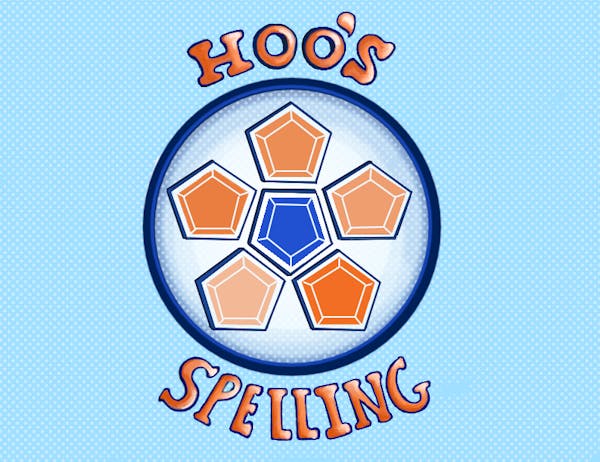OUR NEIGHBOR and distant relative, The College of William and Mary, has been through a trying controversy. Recently instated president Gene Nichol decided in October to remove the Wren Cross, previously on permanent display, from the famous Wren Chapel. He explained that the cross may cause peoples of non-Christian faiths to feel like outsiders. Instead of allowing for its removal when users of the chapel did not want it on display, as was the policy before, people must now request that the cross be present.
As with any good religious dispute, the Wren Cross controversy is complicated. Each side has valid arguments and they must be treated fairly. After all, what exactly is a cross doing on permanent display at a secular university? In response, it is important to consider the length of time it has been displayed, the Christian heritage of the college, and the chapel's function as a Christian place of worship. Removing the cross creates a slippery slope because to rid the Wren Chapel of "Christian intolerance," it will need to quit functioning as a church, torn down and reconstructed into what President Nichol wants -- a preference free zone used only as a nice auditorium for school events.
If I were the only one who thought that the Wren Cross should remain on permanent display you could just move onto the sudoku puzzle. Currently, however, over 13,000 people have signed a petition to reinstate the Wren Cross. Current students, graduates of William and Mary from decades ago, community members and many others have signed their names in protest. Similarly, over 600 students are members of the Facebook group "Save the Wren Cross."
President Nichol's decision invoked wide disapproval because he removed the cross without consulting the greater William and Mary community. As further proof of the intensity of the issue, last week public intellectual Dinesh D'Souza and William and Mary's religious studies professor David Holmes debated the policy change. Students, administrators, parents, professors and onlookers filled The Wren Chapel and the adjacent overflow rooms.
The Wren Cross controversy hinges on the fact that Christian values are privileged over other religious persuasions with the display of a Christian cross. However, William May, a senior at William and Mary studying chemistry who attended the debate, pointed out, "Historically, a chapel is a place of Christian worship. Therefore, it is only fitting that a cross be on display." Additionally, the Wren Chapel has had this bronze cross on display for the past 67 years. It was gifted to the Wren Chapel in 1940 after an affiliate Williamsburg Episcopal church, Bruton Parish Church, underwent renovations and decided to display a different cross.
In December, after the unexpected firestorm grew further, Nichol decided to allow the cross to be displayed on Sundays. But the Wren Chapel's history and origins do not cease to exist on the weekdays. When a Jewish student is inducted into Phi Beta Kappa at the Wren Chapel, it is still structurally and in its history a Christian chapel. When atheists walk through the chapel on college tours, the building remains a Christian establishment in its architecture, ornaments, and spirit.
The Wren Cross is meaningful for historical and aesthetic reasons, but if that were the end of its significance there would be little left to debate. If this Christian symbol is to stay on permanent display in a Christian chapel, as I believe it should, then it is most important for its symbolic value.
Tolerance defines this controversy. If in a Christian chapel the most potent symbol of Christianity, the cross, is not given special consideration, the idea of tolerance must be rethought. Tolerance does not necessitate the devaluation of all ideals, faiths, preferences and morals so that absolutely no one can possibly feel offended. The Wren Chapel's presence on William and Mary's campus does not compel or coerce anyone to become a Christian. Likewise, the Wren Cross does not compel students to accept Christianity. Instead, the cross pays homage to William and Mary's Christian heritage and maintains the visible statement that the Wren Chapel was and is a Christian place of worship.
In the midst of William and Mary's controversy the University community would be wise to learn from this lesson in radical tolerance and reject it resoundingly. It is not just a cross and a chapel, but rather a distinct history, heritage, and belief that deserves a preferential spot at a campus founded on Christian principles.
Christa Byker's column appears Tuesdays in The Cavalier Daily. She can be reached at cbyker@cavalierdaily.com.






